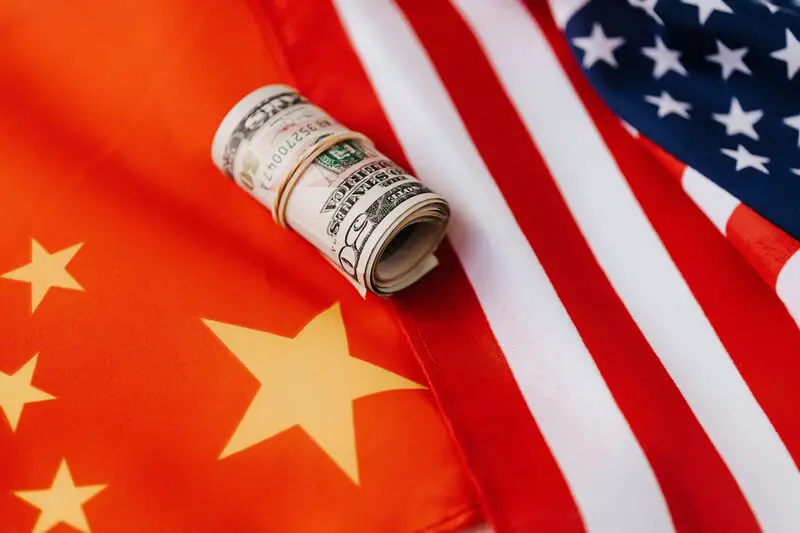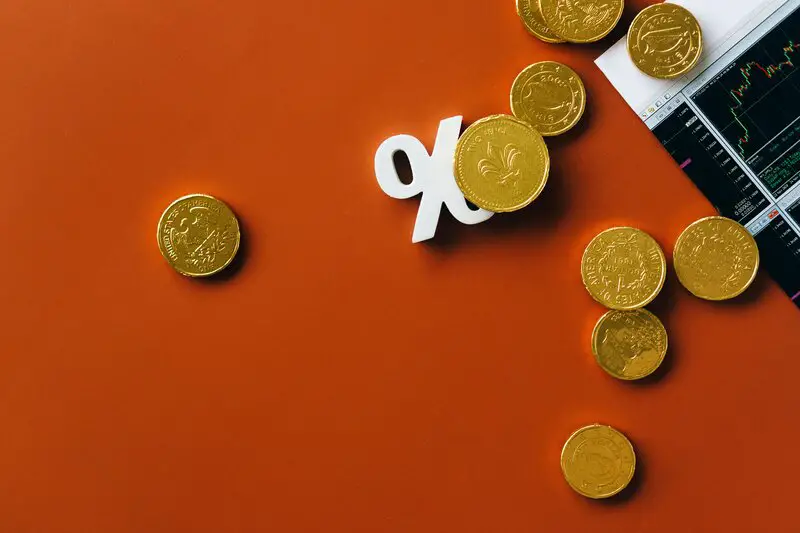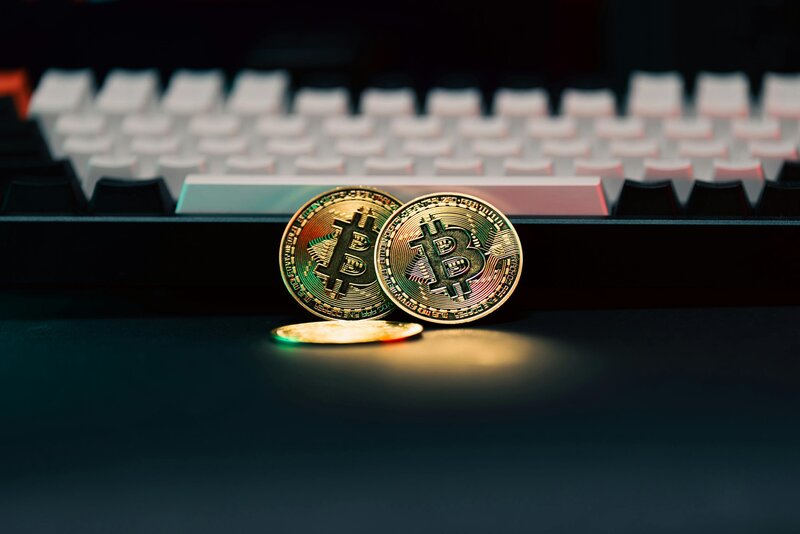Gold and the US dollar have long shared a complex, often inverse relationship in global financial markets. For investors and economists alike, understanding how these two powerful assets interact is critical to forming well-informed investment strategies. This article explores the historical tug-of-war between gold and the US dollar, why the two are generally inversely correlated, and what that means for your portfolio.
The Basics: Gold as a Store of Value
Gold has historically been considered a reliable store of value. It isn't tied to the performance of any single country's economy, doesn't default or expire, and has been used as a medium of exchange or reserve asset for centuries. Unlike paper currencies, gold's intrinsic value comes from its scarcity, physical properties, and universal recognition.
Gold's Unique Properties
- Not tied to any single country's economy
- Doesn't default or expire
- Universal recognition and acceptance
- Intrinsic value from scarcity and physical properties
The US Dollar: The World's Reserve Currency
Since the end of World War II, the US dollar has held the status of the world's primary reserve currency. It's used in the majority of global trade and foreign exchange reserves. This dominance means that the dollar is deeply embedded in international finance, giving it tremendous influence over commodity prices, including gold.
The Inverse Relationship: Why Gold and the Dollar Often Move Oppositely
The inverse relationship between gold and the dollar isn't a fixed rule, but a commonly observed trend. When the dollar strengthens, gold often weakens — and vice versa. Here's why:
Currency Pricing
Gold is priced in US dollars. When the dollar rises relative to other currencies, gold becomes more expensive for foreign buyers, reducing demand.
Safe Haven Appeal
During dollar weakness, investors turn to gold as an alternative safe haven. The opposite occurs when dollar confidence strengthens.
Inflation & Interest Rates
Stronger dollar often means higher US interest rates, making yield-bearing assets more attractive than non-yielding gold.
Historical Examples of the Tug-of-War
Let's look at some pivotal moments in history to see how the relationship between gold and the dollar has played out:
1. The End of the Gold Standard (1971)
In 1971, President Nixon formally ended the Bretton Woods system, which had pegged the US dollar to gold. This allowed the dollar to float freely, and gold to find its own price. In the years that followed, as inflation rose and dollar confidence waned, gold prices surged — hitting $850 per ounce by 1980.
2. The 2008 Financial Crisis
As the financial system teetered, the Federal Reserve cut interest rates and launched quantitative easing. The dollar weakened due to increased money supply, and gold surged from under $800 to over $1,800 per ounce between 2008 and 2011.
3. COVID-19 Pandemic (2020)
During the early months of the pandemic, both gold and the dollar rose — a rare moment where both safe havens were in demand. However, as the Fed slashed interest rates and pumped liquidity into the economy, the dollar index fell sharply, and gold reached a new high of over $2,000 in August 2020.
4. Recent US Rate Hikes (2022–2023)
As the Federal Reserve aggressively raised interest rates to combat inflation, the dollar rallied. This put downward pressure on gold in the short term, although persistent inflation concerns helped cushion the drop.
| Period | Event | Dollar Impact | Gold Response |
|---|---|---|---|
| 1971-1980 | End of Gold Standard | Weakened, inflation concerns | Surged to $850/oz |
| 2008-2011 | Financial Crisis & QE | Weakened from money printing | Rose from $800 to $1,800 |
| 2020 | COVID-19 Pandemic | Fell after initial strength | Hit new high over $2,000 |
| 2022-2023 | Fed Rate Hikes | Strengthened significantly | Pressured but held support |
When the Inverse Correlation Breaks Down
There are times when gold and the dollar rise or fall together, typically during extreme global uncertainty. For example, during the onset of the COVID-19 crisis, both assets rose as investors fled riskier markets. In such scenarios, gold and the dollar can act as complementary hedges.
Trading and Investment Implications
Understanding the gold-dollar relationship can help investors fine-tune their strategies:
Hedging Dollar Risk
Investors who believe the dollar is overvalued may buy gold as a hedge against currency depreciation.
Timing Gold Buys
A falling dollar often provides a tailwind for gold. Monitoring the dollar index (DXY) can help signal potential gold entry points.
Diversification
While often inversely correlated, gold and the dollar are affected by different drivers. Holding both can reduce portfolio volatility.
Key Investment Strategies
- Dollar Index Monitoring: Track DXY movements for gold timing signals
- Fed Policy Watch: Interest rate changes significantly impact both assets
- Portfolio Balance: Use gold to hedge dollar-denominated holdings
- Market Context: Consider broader economic conditions, not just correlation
Final Thoughts
The tug-of-war between gold and the US dollar is more than just a financial curiosity — it's a central pillar of global investing. While their inverse relationship isn't perfect, it's a reliable pattern grounded in currency mechanics, investor behaviour, and monetary policy.




